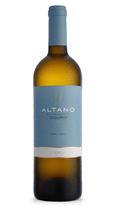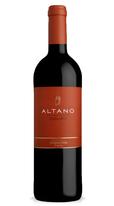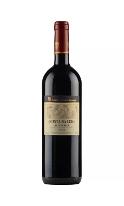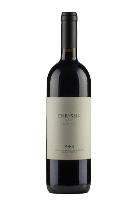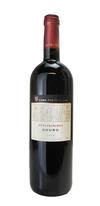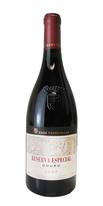Douro Wines
Outstanding Table Wines from Portugals Oldest Wine Region
Douro Table Wines | Portuguese Wines
Douro Wines Introduction
The Douro Valley in Portugal is renowned for its production of high-quality wines, particularly Port wine. However, in recent years, the region has gained recognition for its impressive table wines as well. Traditionally, the Douro Valley was primarily associated with the production of Port, a fortified wine. However, winemakers in the region have increasingly focused on producing still, or table wines, that showcase the unique terroir of the Douro.
Douro table wines are made from a variety of grape varieties, including both indigenous and international ones. Some of the key grape varieties used in the production of Douro table wines include Touriga Nacional, Touriga Franca, Tinta Roriz (known as Tempranillo in Spain), and Tinta Barroca.
The climate and geography of the Douro Valley contribute to the distinct character of its wines. The region has a hot and dry climate, with steep, terraced vineyards along the banks of the Douro River. These conditions, along with the schist soils, contribute to the unique flavor profile of Douro wines.
Douro table wines can be red, white, or rose, and they vary in style from light and fresh to rich and robust. The region's winemakers have been experimenting with different winemaking techniques and grape blends to create wines that appeal to a wide range of preferences.
